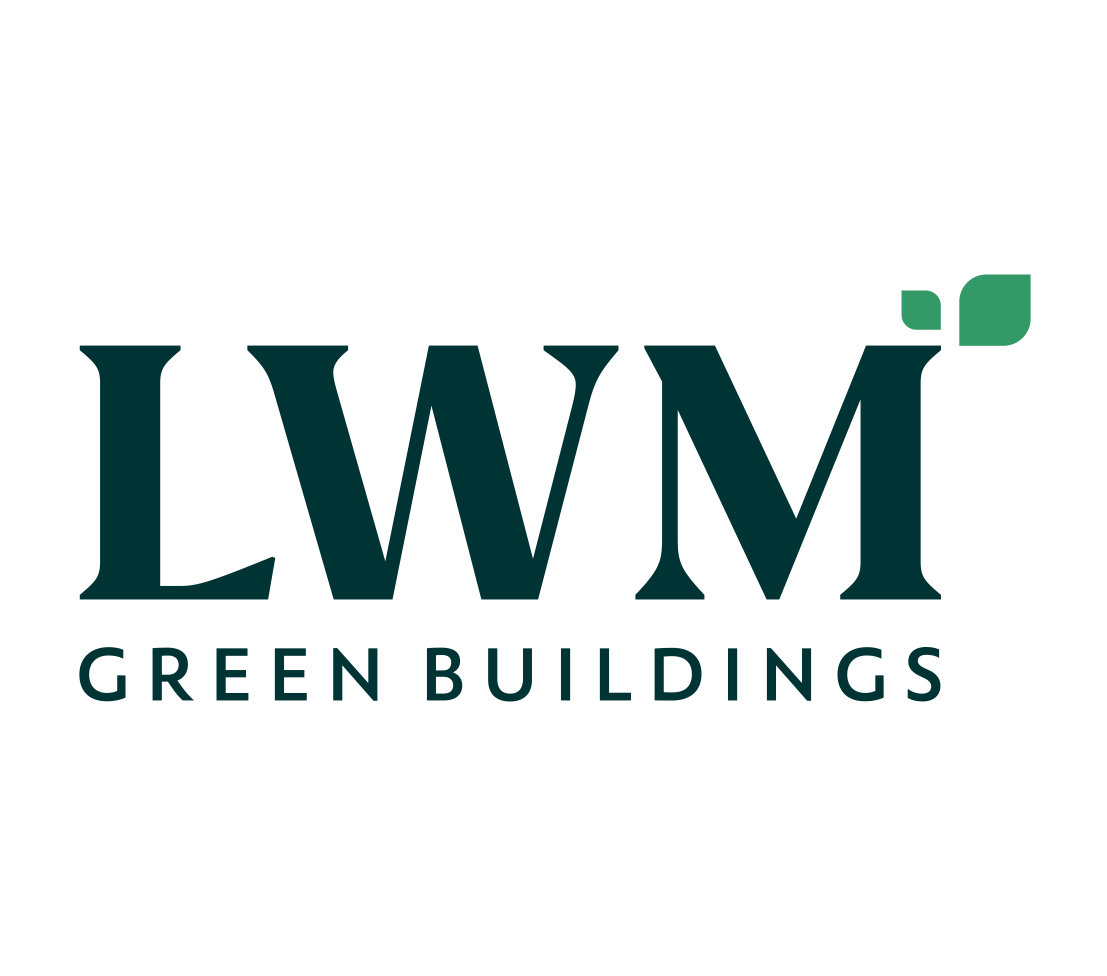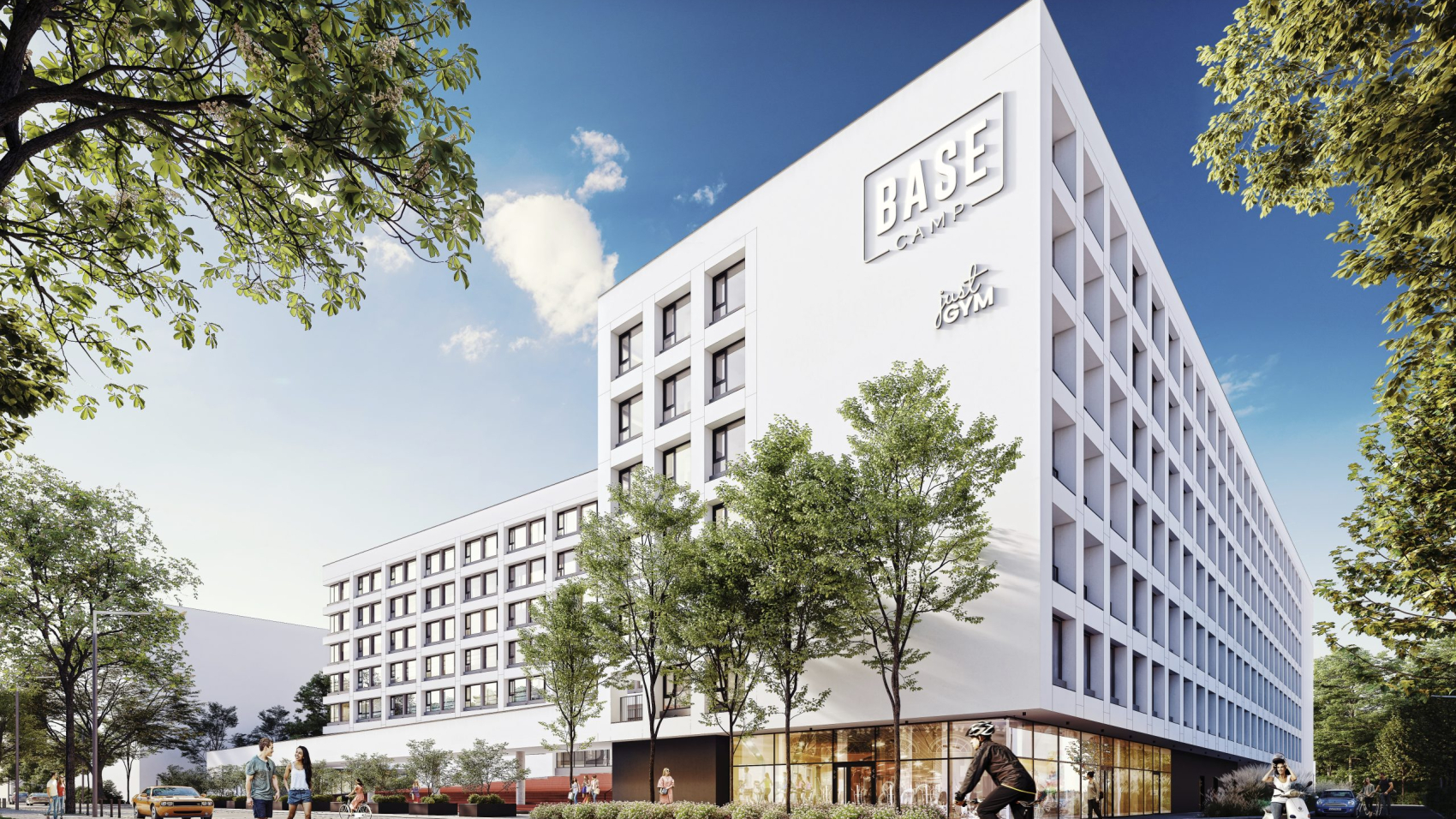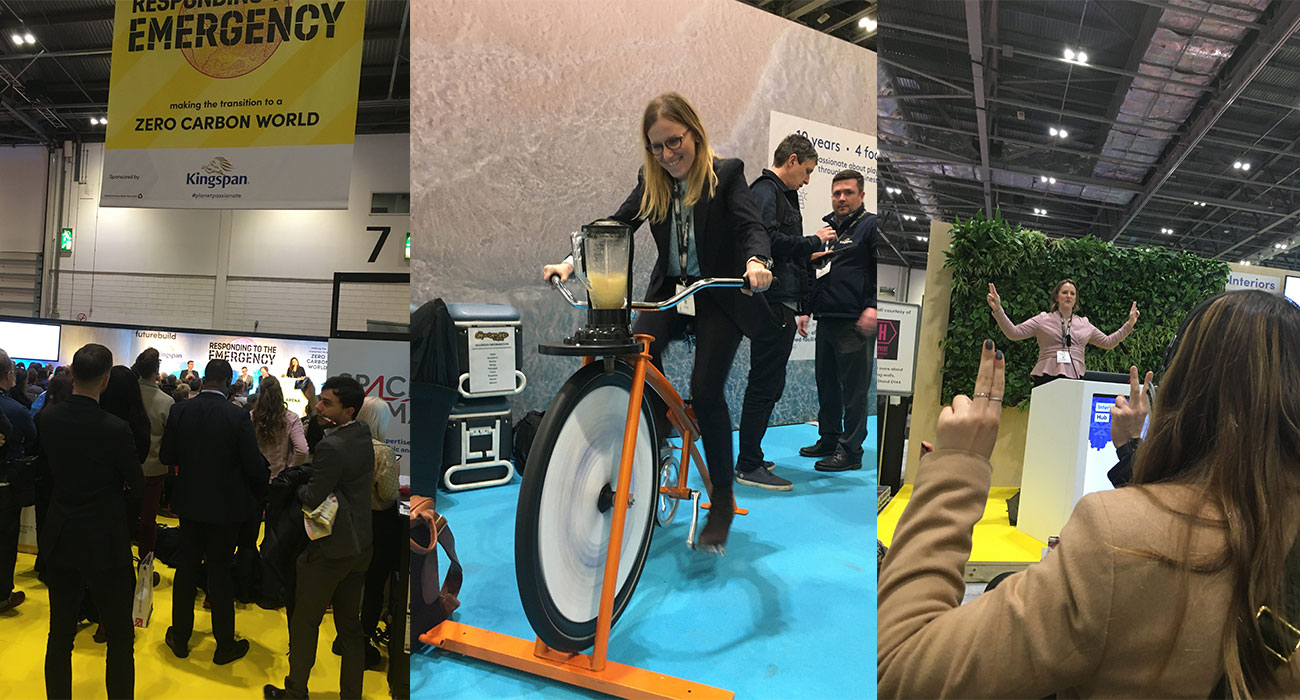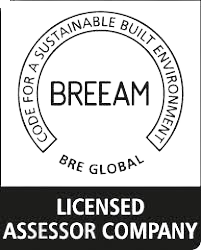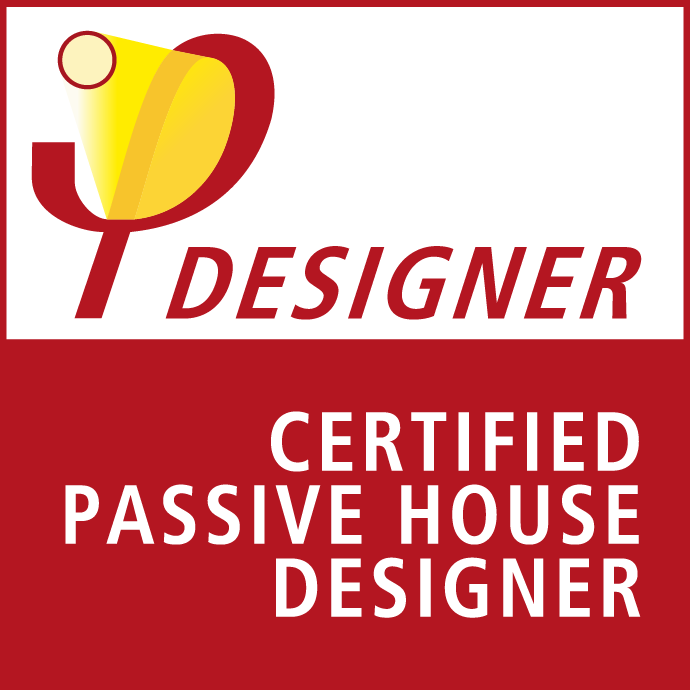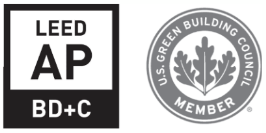Student house in Lodz with Very Good certificate!
The BaseCamp student house on Rembielińskiego Street in Lodz is the first such building registered in Poland under the BREEAM Long-term stay Residential Institutions scheme. At the same time, it is the first BREEAM certificate signed with our logo. We are happy and, of course, congratulate the investor!
The BaseCamp student house is not such an ordinary dormitory-it’s a feast for the eyes and heart, just look at it: it will be a multifunctional building with an interesting patio, a large gym, a lobby and multipurpose rooms for students. The design includes some interesting architectural solutions, but especially a very modern interior design, a laundry room and a bicycle room. The solutions used are not only pleasing to the eyes, but are chosen to increase the comfort of future users. Care has been taken to ensure that people with limited mobility have access to the building and common spaces-there are virtually no thresholds and the slopes are adapted to the requirements of Life Time Homes.
